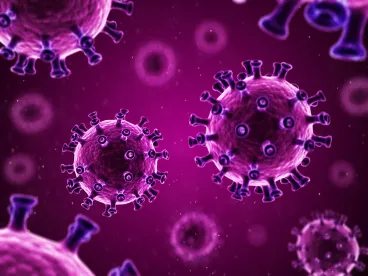On April 20, 2020, the U.S. Environmental Protection Agency (EPA) announced that EPA Administrator Wheeler has requested that the Science Advisory Board (SAB) provide feedback on research needs concerning SARS-CoV-2 (the virus that causes COVID-19). This research is intended to help EPA understand and mitigate the environmental and human health impacts from COVID-19, and identifies EPA research that is already underway as well as new EPA research that has been proposed. EPA issued detailed charge questions for consideration by the SAB on April 21, 2020. EPA has requested that any comments on the charge questions be submitted by April 26, 2020. The SAB will host a public teleconference and audio webcast of the presentation by EPA and the review by SAB on April 30, 2020, from 1:00 P.M. – 5:00 P.M. Eastern Daylight Time.
Some of the research to be reviewed will be funded by the 2020 Coronavirus Aid, Relief, and Economic Security (CARES) Act. The research includes an evaluation of the efficacy of available disinfectants in killing the COVID-19 virus on different types of those surfaces that may be frequently touched by multiple people, such as in subway cars, door handles, railings. Areas of particular interest include the efficacy of disinfection methods in controlling the virus on porous materials and soft surfaces, and the efficacy of products that claim to offer residual or long-term control of the virus. EPA will collaborate with the Centers for Disease Control and Prevention (CDC) on research to evaluate the use of ultraviolet (UV) light, ozone, and steam as solutions for large-scale disinfection. EPA and CDC will also evaluate whether electrostatic sprayers and foggers used with List N EPA-approved disinfectants are efficacious in killing the virus.
Commentary
Although there are a number of registered disinfectant products on EPA’s List N: Disinfectants for Use Against SARS-CoV-2, that offer antiviral activity against COVID-19, research to identify and to recommend scalable technologies for disinfection of the COVID-19 virus on environmental surfaces is a critical part of a strategy for reducing infection rates in the ongoing pandemic. Technologies that can control the virus on porous or soft surfaces are important, as is the long-term durability of antiviral treatments and coatings on environmental surfaces. Nonetheless, while research on disinfection techniques is important, EPA also needs to consider whether there are procedural changes that would help promising antiviral agents and technologies to be brought to market more quickly.
Disinfectants that are sold with antiviral claims must be registered as pesticides under the Federal Insecticide, Fungicide, and Rodenticide Act (FIFRA). Although there are at present a number of promising new antiviral products in the pipeline, securing a new registration under FIFRA for an antiviral disinfectant would typically take from 18-24 months and it is uncertain how much EPA can accelerate this timetable. Despite the urgency of the current public health emergency, the only more expeditious alternative to allow distribution and sale of new antiviral products is an emergency exemption under FIFRA Section 18.
Securing an emergency exemption requires that the request be sponsored by a Federal or State agency. CDC in particular has been unwilling to submit or to sponsor any emergency exemption requests for COVID-19 because it wishes to avoid any perception that it is favoring any specific product or manufacturer. Although State agencies are likely to be more willing to request emergency exemptions, State-by-State relief is not very well suited to addressing an infection crisis of global proportions. In addition to conducting research on disinfectant products and technologies, EPA needs to consider whether the current process for obtaining emergency exemptions for antiviral agents could be modified or streamlined to reflect the urgency of the current crisis.



 />i
/>i

